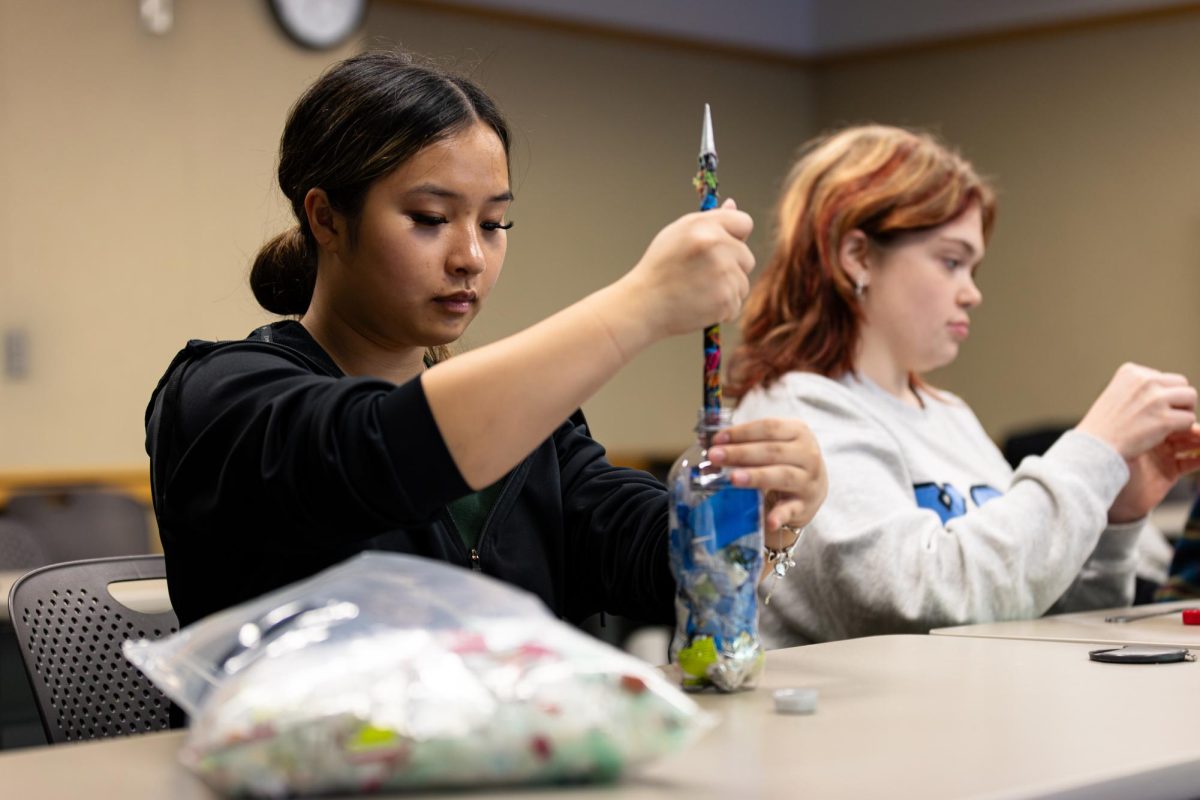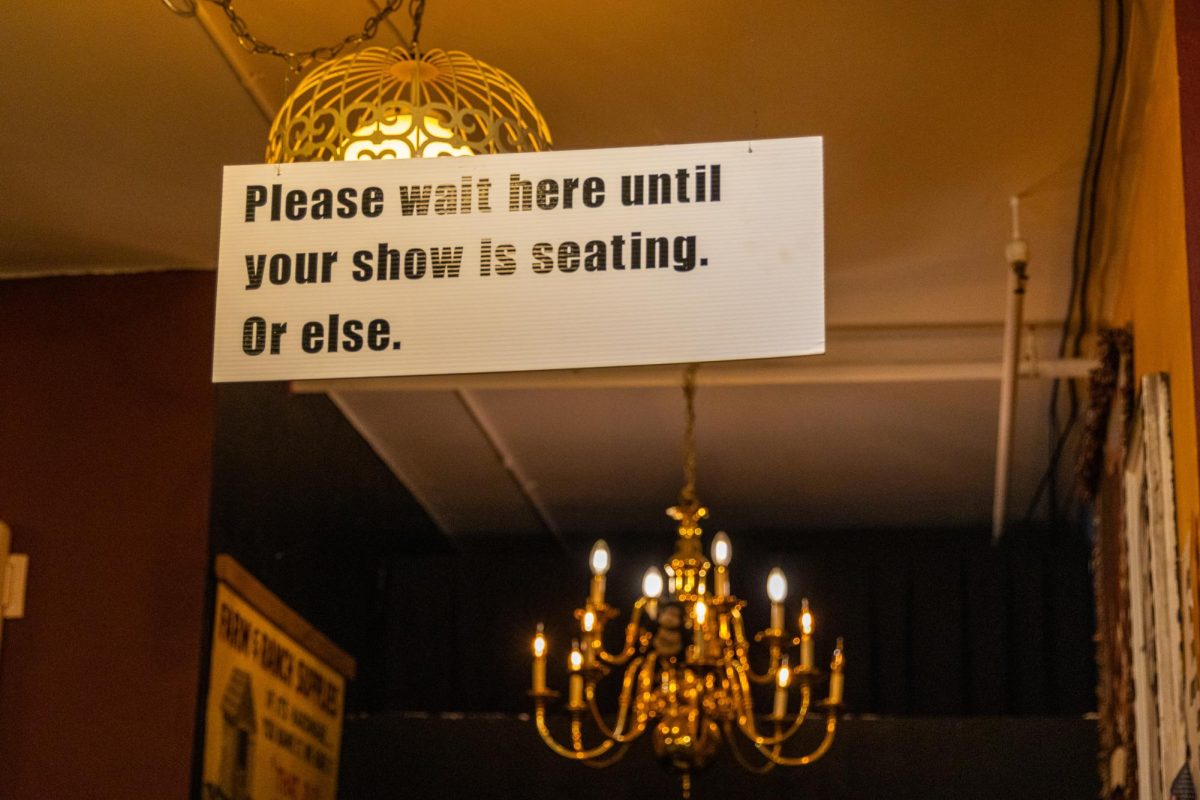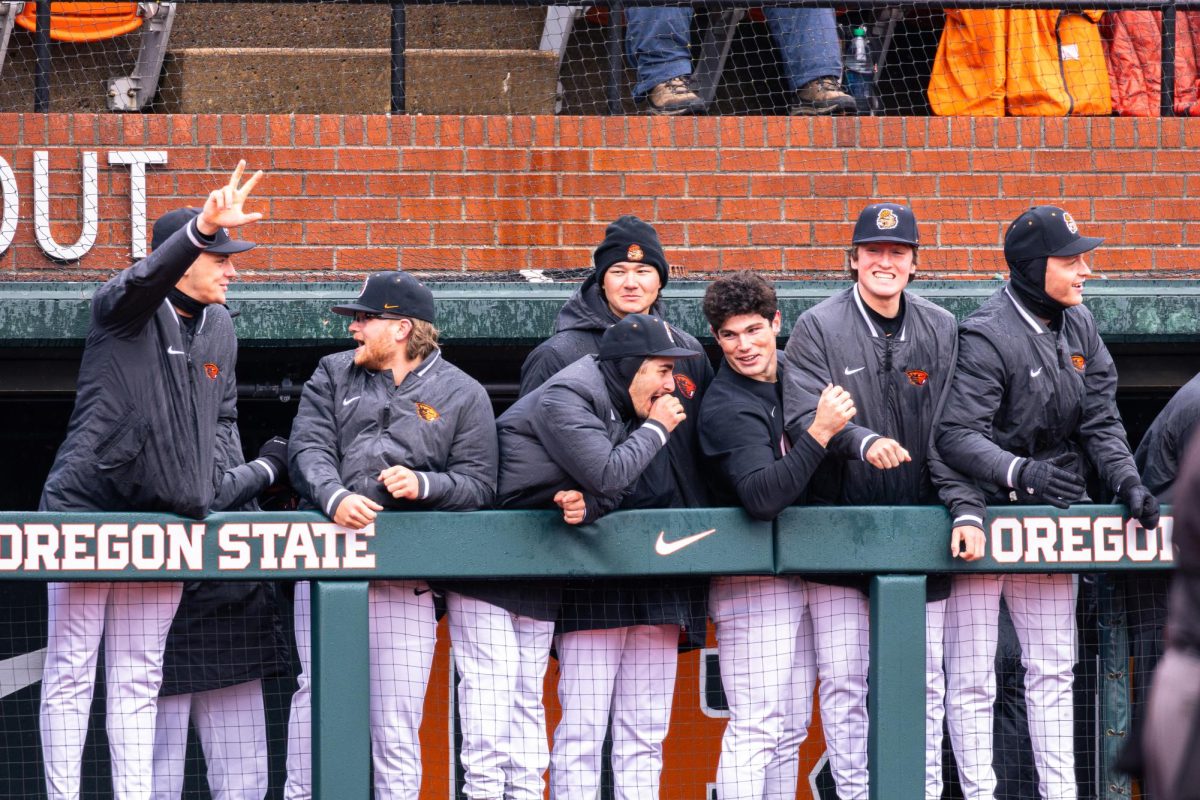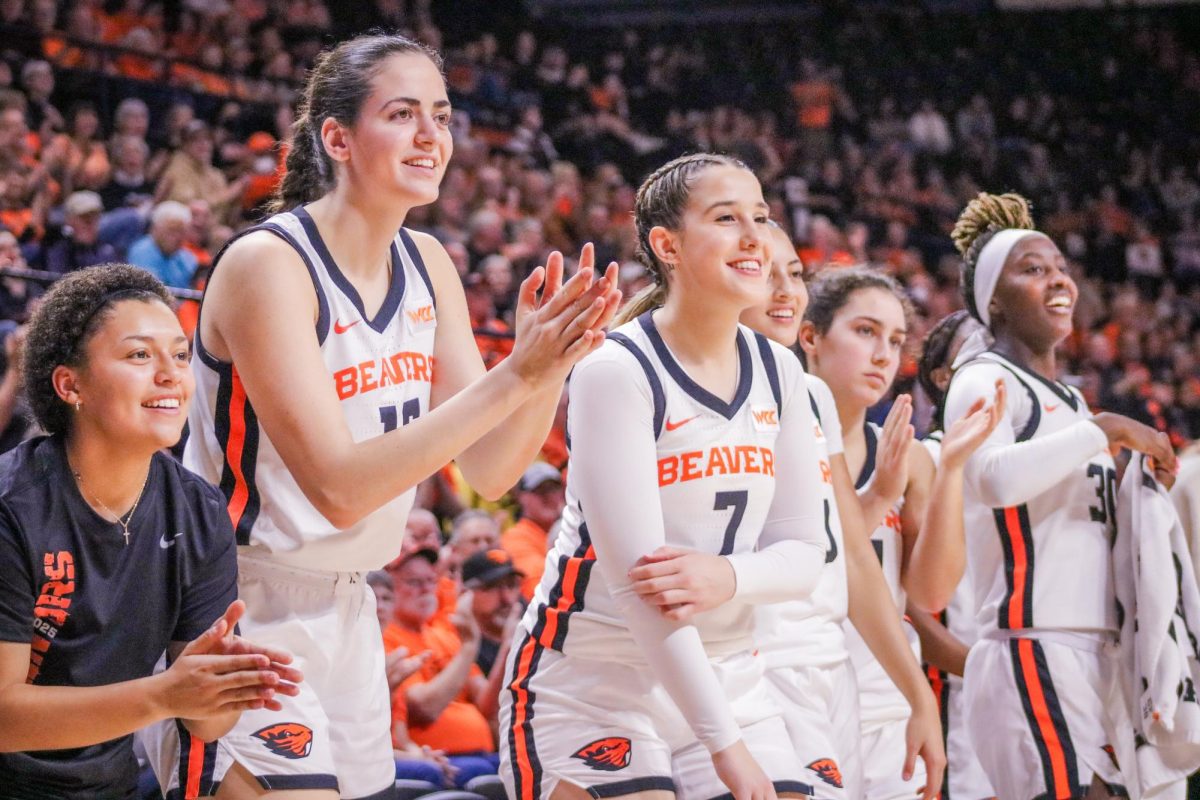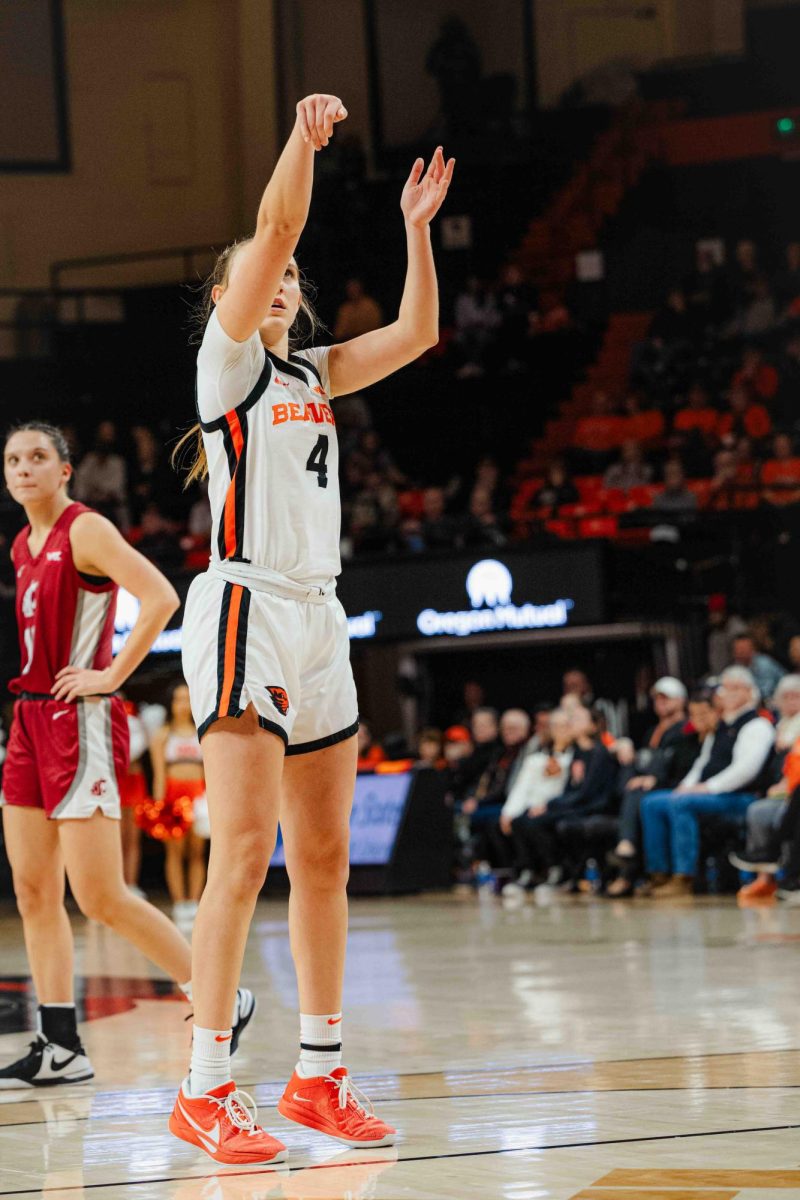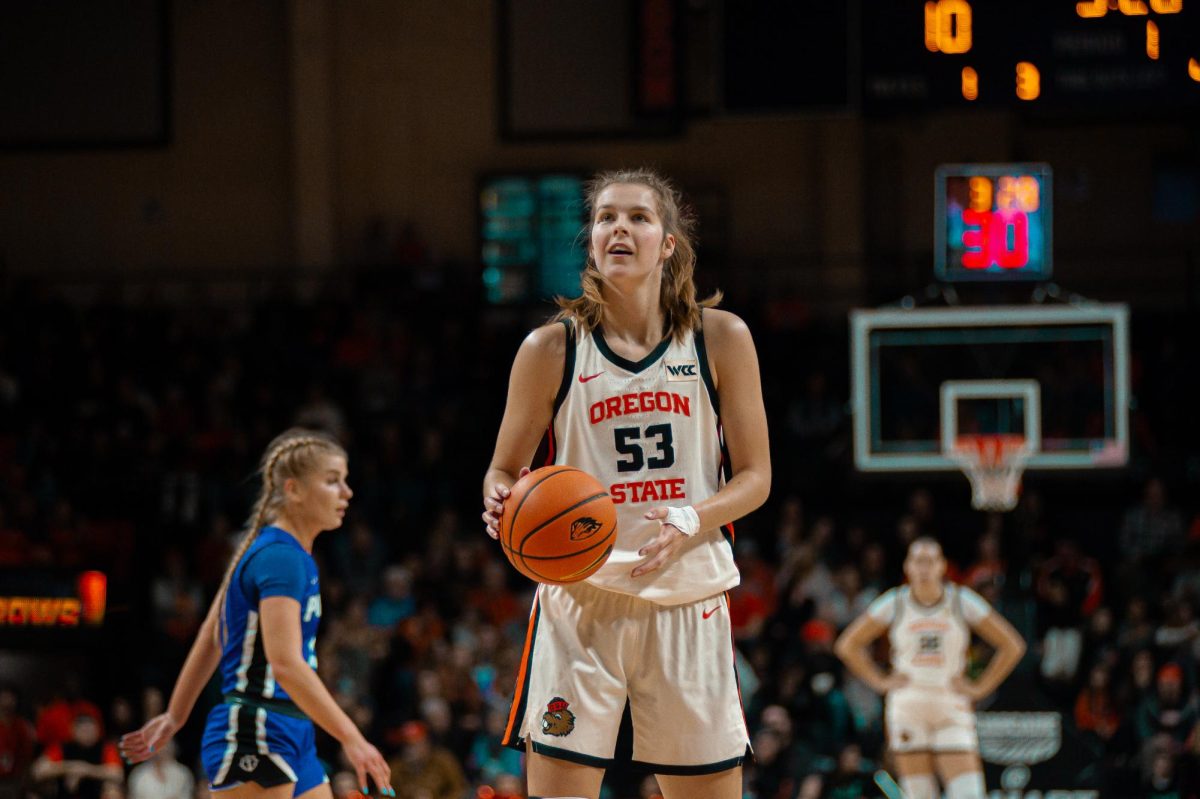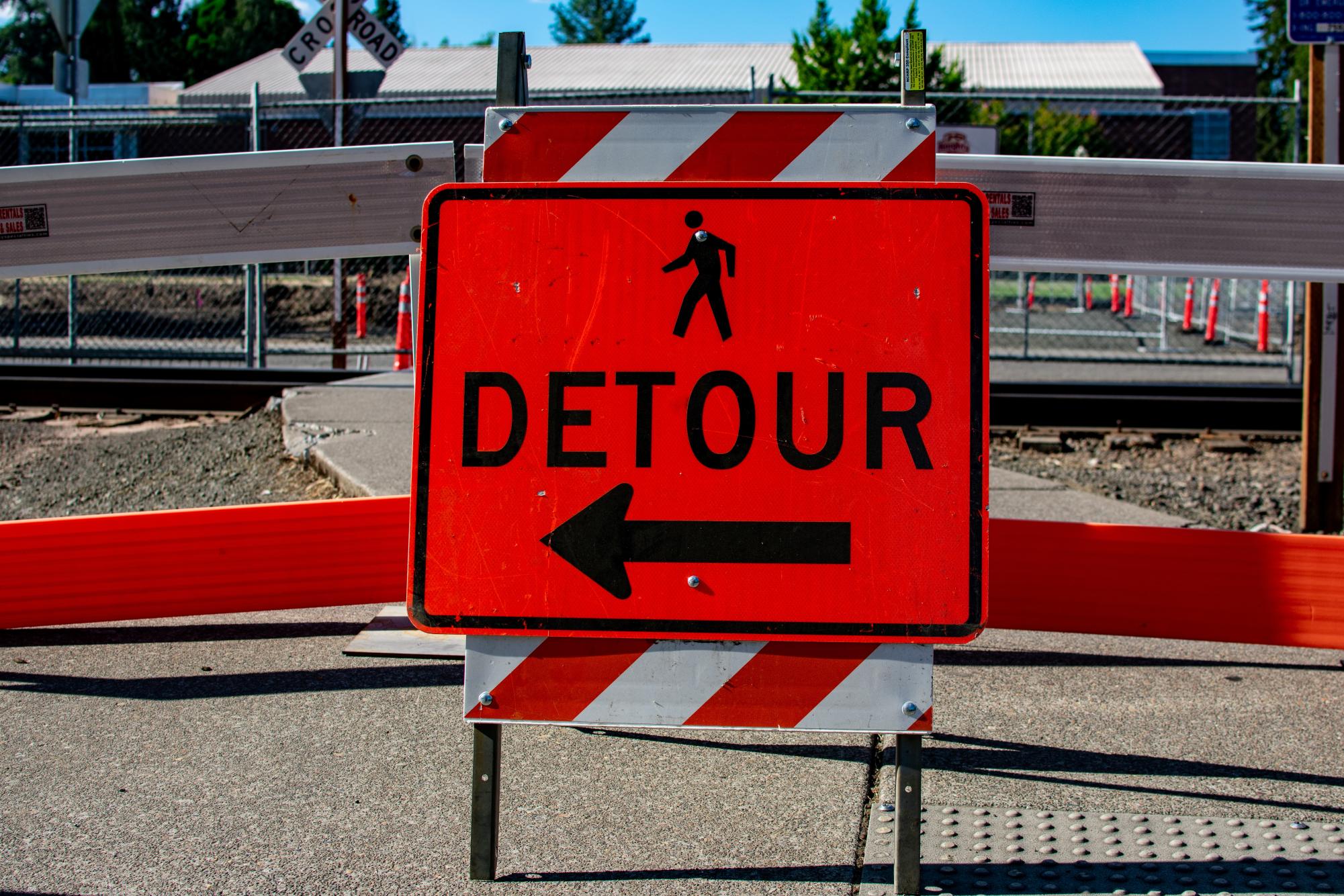For students and faculty alike, a common struggle and source of frustration facing the Oregon State University’s campus is parking and transportation.
The balancing act of meeting sustainability goals and satisfying commuter needs has been more like a see-saw than an equal balance, with what seems like one side making headway at the other’s expense.
What if we consider, however, that we as students and faculty members who live near campus could be the problem in this complicated equation?
For those who have lived in Corvallis, it is known that this is not a big city, and residents have the ability to get nearly anywhere on campus within 15 minutes of walking and even downtown or to surrounding areas of campus with a 15 minute bike ride.
Those who are lucky and fortunate enough to find housing within this roughly two mile radius of campus are the ones that Benjamin Fryback, a recent civil engineering OSU graduate, says are the target of sustainable transportation efforts.
“I think the goal for the university and (Corvallis) itself is to focus on those people and to get them out of their cars to get them riding bikes, or walking or taking transit,” Fryback said. “Because if they aren’t parking in the OSU parking lot, people that need the spaces can use them, as opposed to people that could be biking if they can.”
Yvette Spitz, a professor in the college of earth ocean and atmospheric sciences at OSU who has been parking and buying annual parking permits on campus for nearly 28 years is one of those people who need the now limited parking spaces that are available.
Spitz, who claims herself to be a biker, does not have access to one bus that can take her from her home in Philomath to campus. As a result, Spitz either must park near campus and bike the rest of the way, or fight for parking despite paying close to $600 for an annual permit.
“You don’t say ‘no parking’ when you don’t have (the) possibility to reach campus by other means and that has always been the problem,” Spitz said.
Although Spitz has voiced her grievances with the transportation department, she thinks that the time she spends circling campus for a place to park actually creates more emissions than if she could have just parked using her pre-paid parking access.
For people like Spitz, it is those who purchase daily parking permits on rainy days, those that see the 15 minute walk as too much of an inconvenience or those who are running late to class and opt for the car instead who are contributing to a problem that has only exponentially grown.
“I mean, when you think about sustainability, in general, everyone has a different definition of it,” said Robert Bertini, professor of civil and construction engineering. “It is a bit of a cultural change, that does take time… it also takes education, it takes information.”
This culture shift that is required to make the strategies of OSU’s 2030 sustainable transportation strategy and sustainability centered infrastructure work is, however, not our only Achilles heel. Making the move to sustainable transportation the norm is an even more complex issue.
Spitz has observed many of what she saw as band-aid solutions to the parking issues on campus in her time, such as raising the price of parking permits.
Fryback explains how this idea of making a resource—in this case parking—more limited through implementing cost, is a known strategy.
From my experiences with parking and getting around campus as a student and from what Spitz’ experiences have been, this theory is not as well executed with campus parking.
In 1995 Spitz could buy an annual parking permit that guaranteed parking within the most popular lots on campus for $99. However, Spitz recalls the rise in price of these permits and the simultaneous decreased availability as only creating a greater problem, not decreasing emissions.
“If the increase of your parking spot is more than what your salary increase was, something is wrong. It means you are losing money just coming to park… in just what the university is charging you,” Spitz said.
I see the University’s continued efforts to de-centivise parking as more of a financial barrier and source of frustration for their hard working students and employees than a successful method of increasing sustainability.
Aside from disincentivizing strategies, the 2023 plan outlined many incentivising ideas which, although more promising on the whole, seem too optimistic for the reality they need to be implemented in.
Both the Beaver Bus and Corvallis Transit System have had cuts to service in a time where nationally we have seen bus driver shortages and Beaver Bus ridership was the highest since 2017-2018 according to Mark Zandonella, interim director of transportation services.
Despite this heavy use, Zandonella said that if given the availability to hire more drivers next year, only one more bus is planned to be added to the northeast route.
The construction of safer bike and pedestrian paths as an incentive is also appealing but leaves room for concern as many students bike beyond campus and still worry for their safety or the safety of their bike.
Changes to make roads like Harrison more bike friendly are, according to Fryback, out of OSU’s control as Harrison and other roads that students would have to cross if biking or walking are managed by the city or the state.
“I know OSU works, obviously, with students and faculty and staff, but also with the city, the county, the state, the other advocacy and private organizations,” Bertini said. “So I think it always has to be a team effort.”
This team effort is where this culture shift comes back into play as possibly the tipping point of this unbalanced see-saw issue.
“It’s something that we tend to think that it’s someone else’s responsibility, you know, I want to keep doing what I’m doing and it’s other people who need to change or need to do something different,” Bertini said. “But maybe if we find a way to think of it as a collective challenge, that we’re all we’re all in it together, we can all contribute in some way.”











